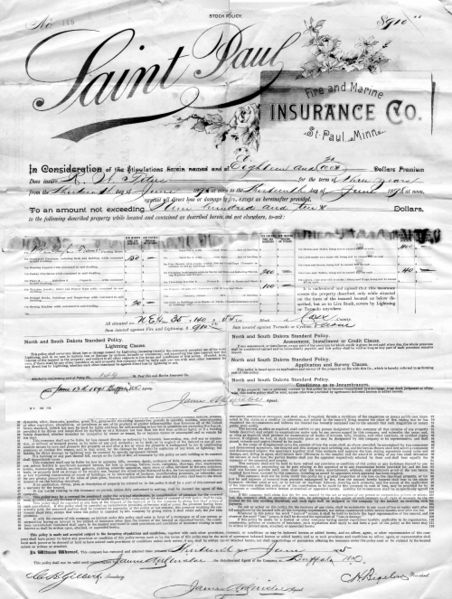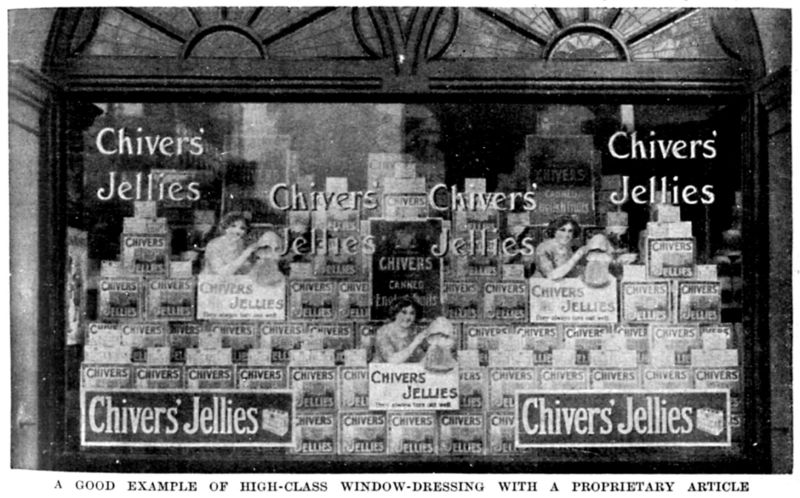
A Republican presidential candidate from Arizona can’t lose, can he? Barry Goldwater stepped down from his seat in the Senate to run for president against LBJ…but was defeated in one of the worst landslides in history. He garnered only 52 electoral votes, compared to LBJ’s four-hundred-eighty-six. Make sure you get out and vote today, and let’s remind McCain what we think of Arizona Republicans.








